

The U.S. census has been conducted once every decade since 1790. The first results of the 2020 survey were released in April, and they show that the country’s population grew over the previous 10 years at the second-lowest pace in history, increasing by 7.4%, to 331,449,281 — about half the rate it grew by in the previous ten years, during which the last millennials (the largest generation in American history) were born.
While U.S. population growth regularly topped 30% in the 1800s, the last time the U.S. exhibited growth above 20% was prior to World War I. The only time the U.S. population grew at a slower rate than in the 2010s was in the wake of the Great Depression in the 1930s.
Click here to see how every state’s population has changed since 2010.
That era also saw a redistribution of population around the country, as impoverished families packed up and moved to greener pastures — sometimes literally, considering that the Dust Bowl turned swaths of America into arid wasteland. Some rural areas in Oklahoma and Texas, for example, experienced population declines of 25% while California’s population jumped nearly 22% in the 1930s. (People still migrate from one place to another. These are cities people are abandoning.)
In the 2010s, Americans continued to migrate to the country’s South and West. Traditional migration magnets California and New York have been losing out to the Sunbelt states of Florida and Texas. California just gave up a population-linked congressional seat for the first time in 170 years, while Ohio and New York also lost seats. Colorado, Florida, Montana, North Carolina, and Oregon each gained a seat while Texas gained two. These are the states that gained and lost the most congressional seats.
Includes the resident population for the 50 states, as ascertained by the Twenty-Fourth Decennial Census under Title 13, United States Code, and counts of U.S. military and federal civilian employees living overseas (and their dependents living with them overseas) allocated to their home state, as reported by the employing federal agencies. Overseas is defined as any location outside the 50 United States and the District of Columbia. The apportionment population excludes the populations of the District of Columbia and Puerto Rico.
Correction: A previous version of this story incorrectly stated that Colorado, Montana, and Oregon had lost a congressional seat as a result of the Census, in fact, each state has gained a seat.

1. Alabama
> Pct. change in population, 2010-2020: +2.7%
> Resident population, July 1, 2010: 713,910
> Resident population, April 1, 2020: 733,391
[in-text-ad]

3. Arizona
> Pct. change in population, 2010-2020: +11.6%
> Resident population, July 1, 2010: 6,407,172
> Resident population, April 1, 2020: 7,151,502

4. Arkansas
> Pct. change in population, 2010-2020: +3.1%
> Resident population, July 1, 2010: 2,921,964
> Resident population, April 1, 2020: 3,011,524
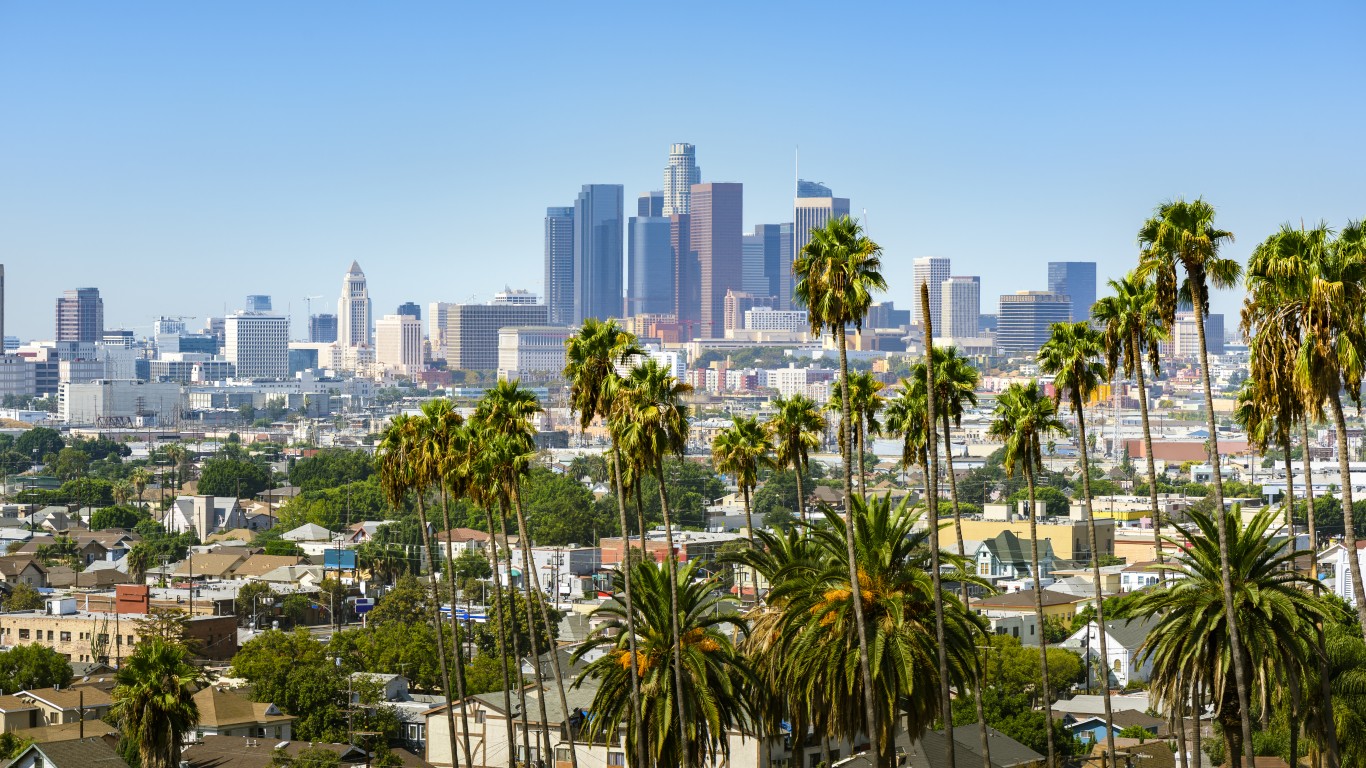
5. California
> Pct. change in population, 2010-2020: +5.9%
> Resident population, July 1, 2010: 37,319,502
> Resident population, April 1, 2020: 39,538,223
[in-text-ad-2]

6. Colorado
> Pct. change in population, 2010-2020: +14.4%
> Resident population, July 1, 2010: 5,047,349
> Resident population, April 1, 2020: 5,773,714

7. Connecticut
> Pct. change in population, 2010-2020: +0.7%
> Resident population, July 1, 2010: 3,579,114
> Resident population, April 1, 2020: 3,605,944
[in-text-ad]

8. Delaware
> Pct. change in population, 2010-2020: +10.0%
> Resident population, July 1, 2010: 899,593
> Resident population, April 1, 2020: 989,948

9. Florida
> Pct. change in population, 2010-2020: +14.3%
> Resident population, July 1, 2010: 18,845,537
> Resident population, April 1, 2020: 21,538,187

10. Georgia
> Pct. change in population, 2010-2020: +10.3%
> Resident population, July 1, 2010: 9,711,881
> Resident population, April 1, 2020: 10,711,908
[in-text-ad-2]

11. Hawaii
> Pct. change in population, 2010-2020: +6.7%
> Resident population, July 1, 2010: 1,363,963
> Resident population, April 1, 2020: 1,455,271
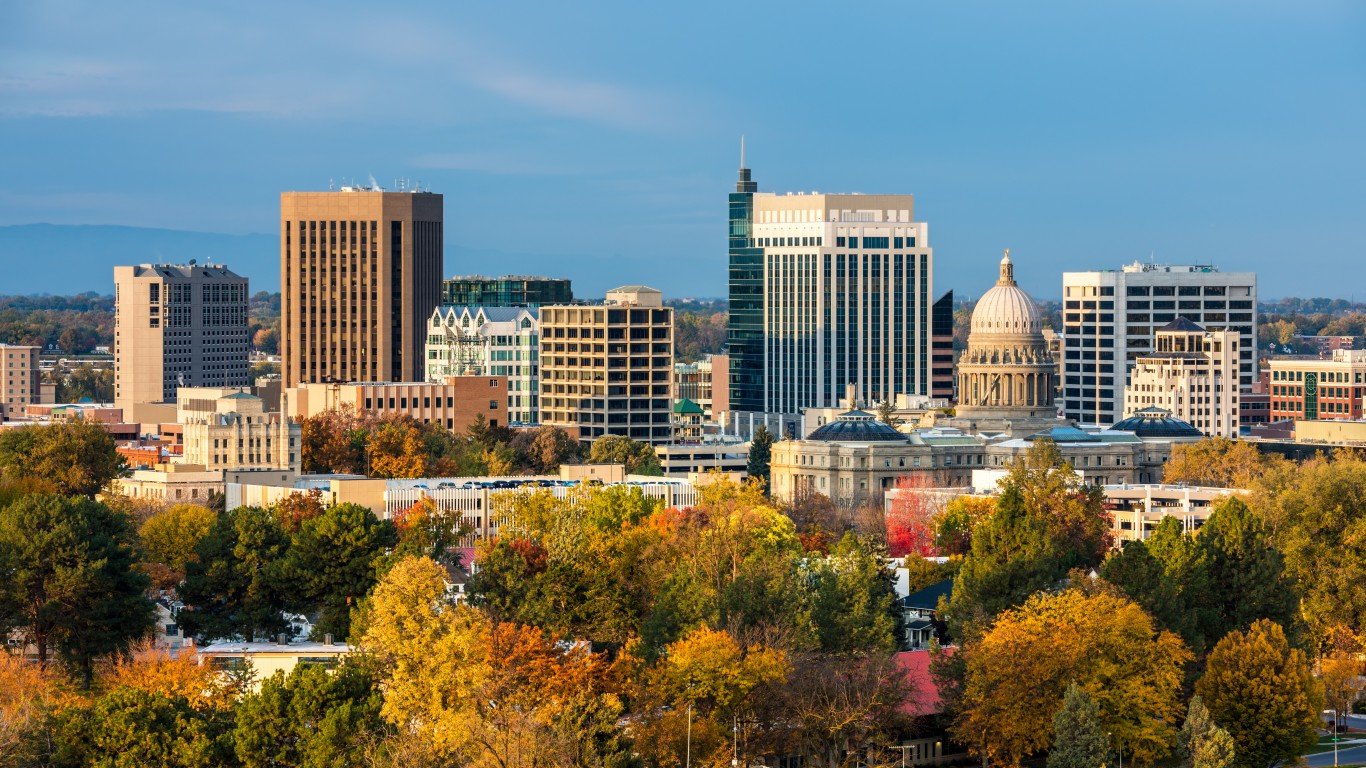
12. Idaho
> Pct. change in population, 2010-2020: +17.1%
> Resident population, July 1, 2010: 1,570,746
> Resident population, April 1, 2020: 1,839,106
[in-text-ad]

13. Illinois
> Pct. change in population, 2010-2020: -0.2%
> Resident population, July 1, 2010: 12,840,503
> Resident population, April 1, 2020: 12,812,508
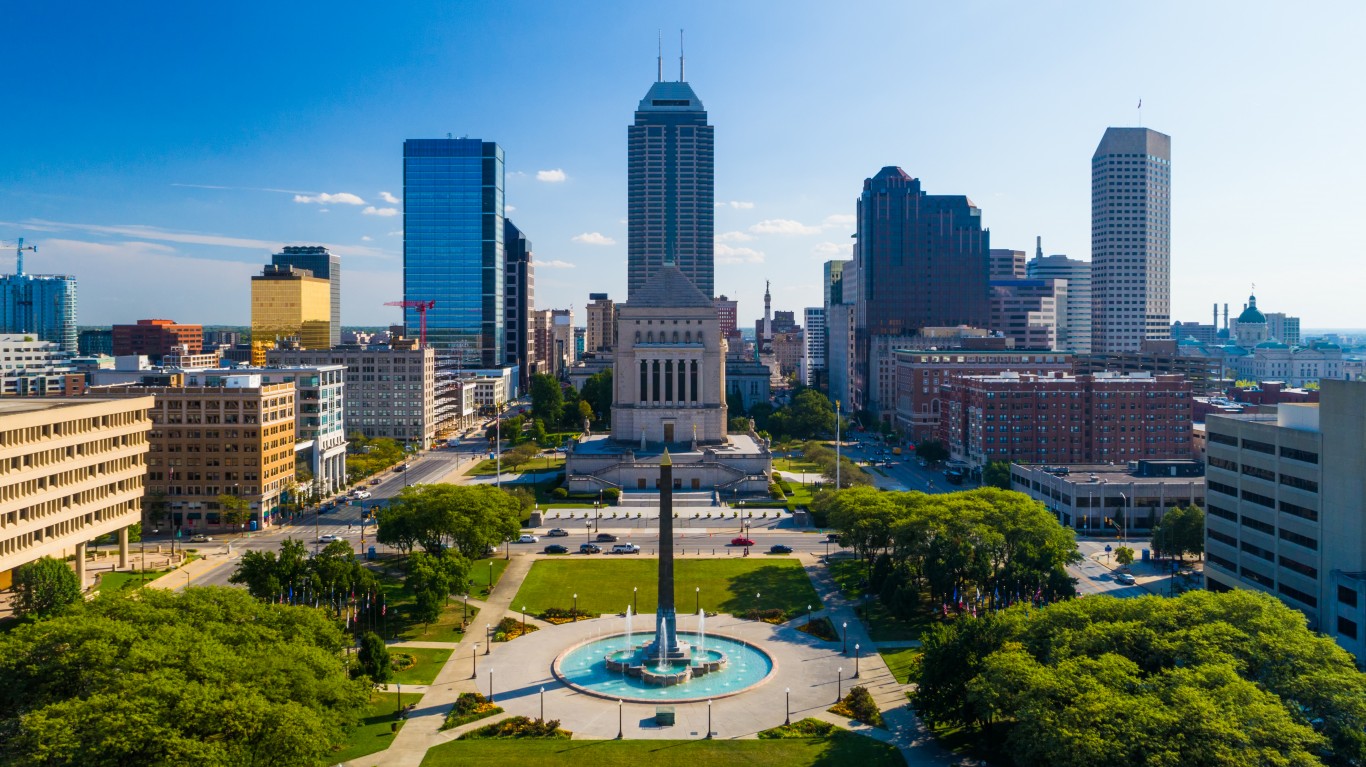
14. Indiana
> Pct. change in population, 2010-2020: +4.5%
> Resident population, July 1, 2010: 6,490,432
> Resident population, April 1, 2020: 6,785,528

15. Iowa
> Pct. change in population, 2010-2020: +4.6%
> Resident population, July 1, 2010: 3,050,745
> Resident population, April 1, 2020: 3,190,369
[in-text-ad-2]

16. Kansas
> Pct. change in population, 2010-2020: +2.8%
> Resident population, July 1, 2010: 2,858,190
> Resident population, April 1, 2020: 2,937,880
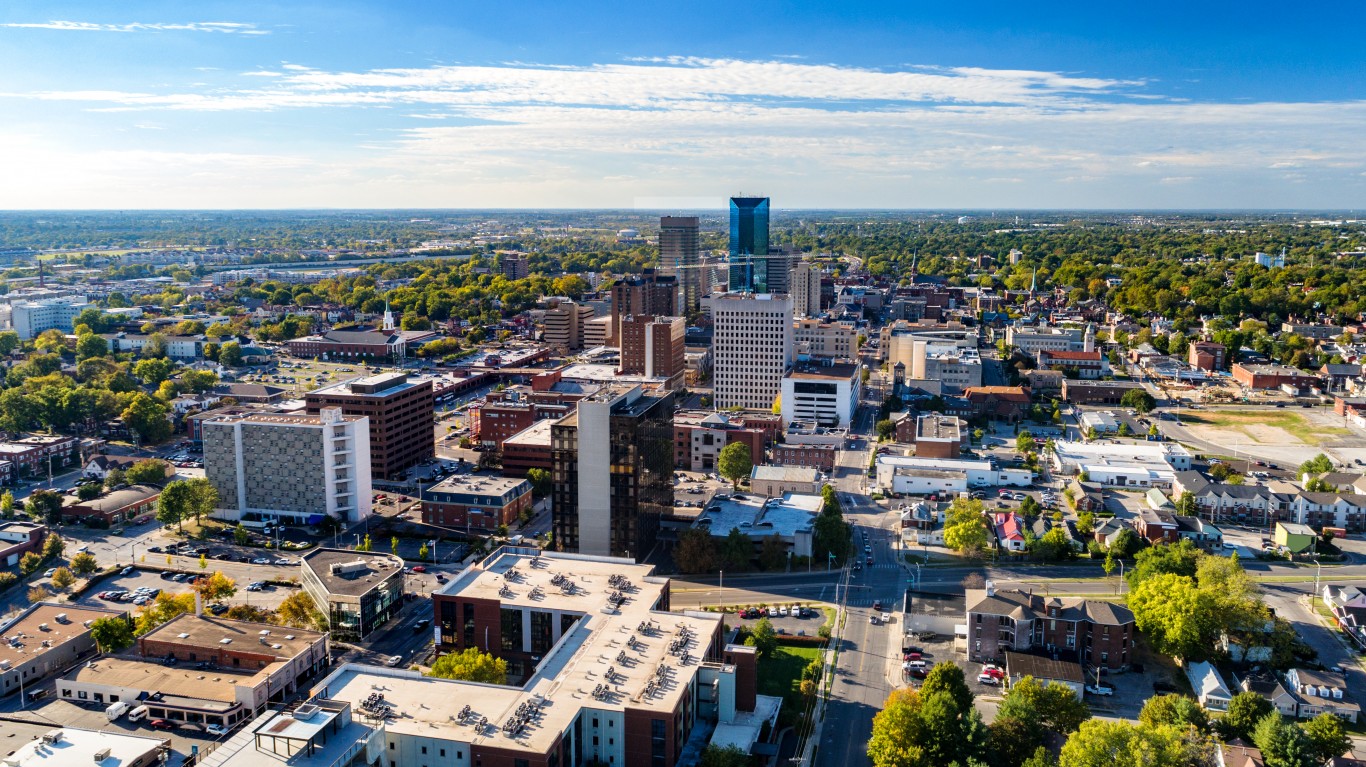
17. Kentucky
> Pct. change in population, 2010-2020: +3.6%
> Resident population, July 1, 2010: 4,348,181
> Resident population, April 1, 2020: 4,505,836
[in-text-ad]

18. Louisiana
> Pct. change in population, 2010-2020: +2.5%
> Resident population, July 1, 2010: 4,544,532
> Resident population, April 1, 2020: 4,657,757

19. Maine
> Pct. change in population, 2010-2020: +2.6%
> Resident population, July 1, 2010: 1,327,629
> Resident population, April 1, 2020: 1,362,359

20. Maryland
> Pct. change in population, 2010-2020: +6.7%
> Resident population, July 1, 2010: 5,788,645
> Resident population, April 1, 2020: 6,177,224
[in-text-ad-2]

21. Massachusetts
> Pct. change in population, 2010-2020: +7.1%
> Resident population, July 1, 2010: 6,566,307
> Resident population, April 1, 2020: 7,029,917

22. Michigan
> Pct. change in population, 2010-2020: +2.0%
> Resident population, July 1, 2010: 9,877,510
> Resident population, April 1, 2020: 10,077,331
[in-text-ad]

23. Minnesota
> Pct. change in population, 2010-2020: +7.5%
> Resident population, July 1, 2010: 5,310,828
> Resident population, April 1, 2020: 5,706,494

24. Mississippi
> Pct. change in population, 2010-2020: -0.3%
> Resident population, July 1, 2010: 2,970,548
> Resident population, April 1, 2020: 2,961,279

25. Missouri
> Pct. change in population, 2010-2020: +2.7%
> Resident population, July 1, 2010: 5,995,974
> Resident population, April 1, 2020: 6,154,913
[in-text-ad-2]
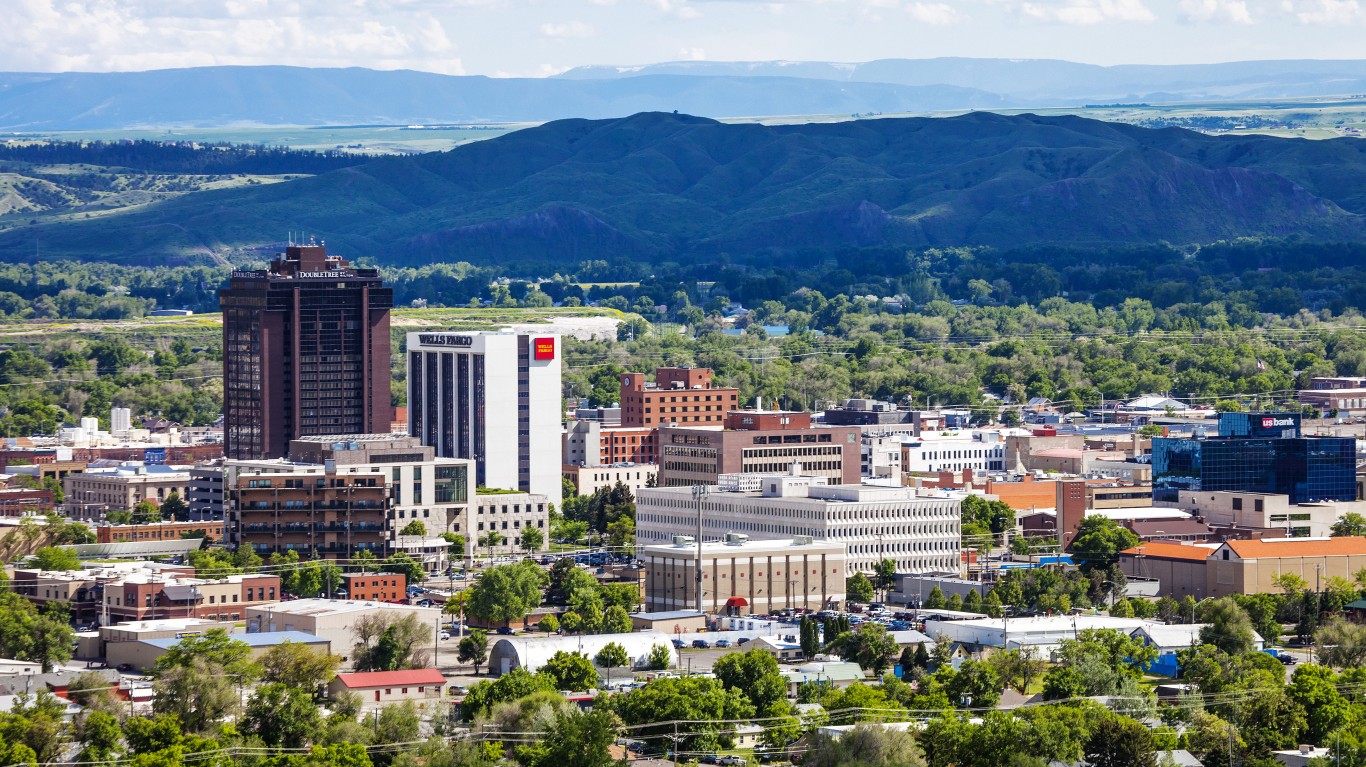
26. Montana
> Pct. change in population, 2010-2020: +9.4%
> Resident population, July 1, 2010: 990,697
> Resident population, April 1, 2020: 1,084,225
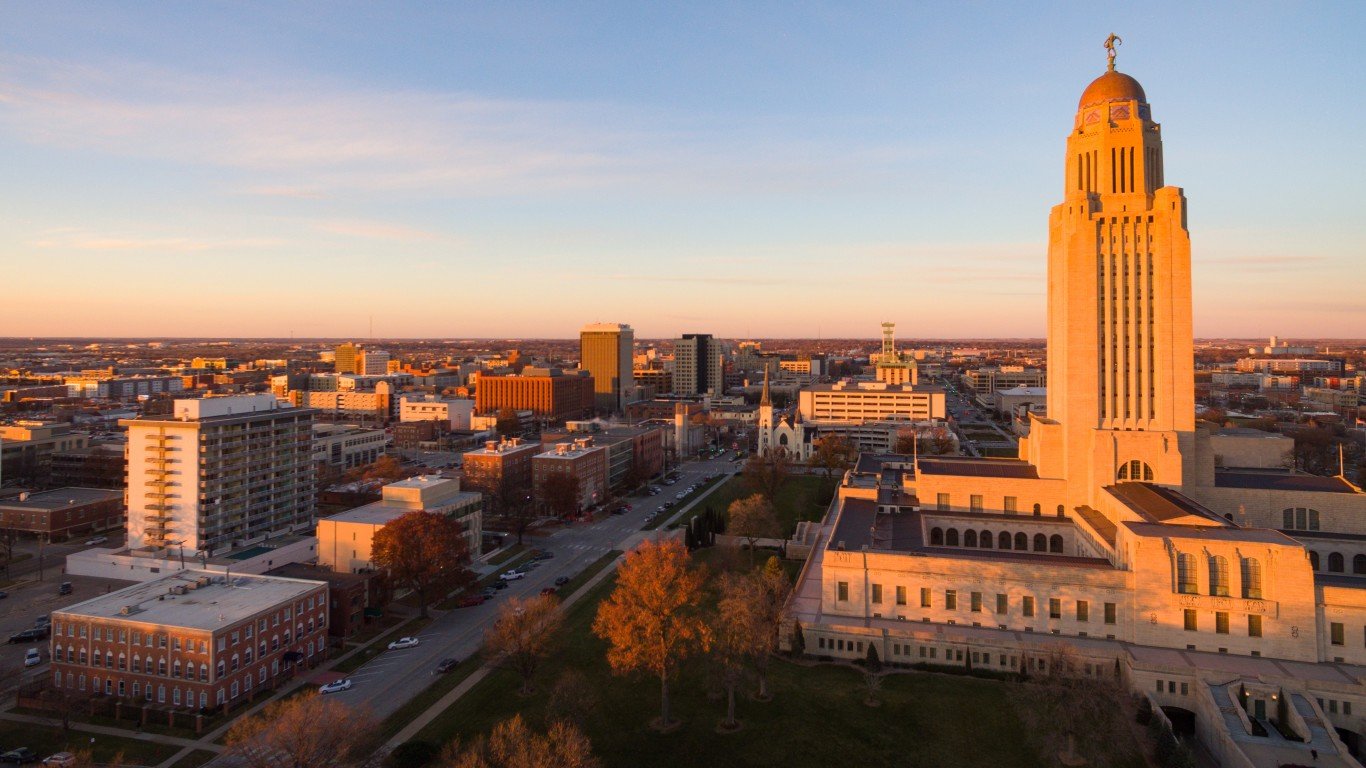
27. Nebraska
> Pct. change in population, 2010-2020: +7.2%
> Resident population, July 1, 2010: 1,829,542
> Resident population, April 1, 2020: 1,961,504
[in-text-ad]

28. Nevada
> Pct. change in population, 2010-2020: +14.9%
> Resident population, July 1, 2010: 2,702,405
> Resident population, April 1, 2020: 3,104,614

29. New Hampshire
> Pct. change in population, 2010-2020: +4.6%
> Resident population, July 1, 2010: 1,316,762
> Resident population, April 1, 2020: 1,377,529

30. New Jersey
> Pct. change in population, 2010-2020: +5.6%
> Resident population, July 1, 2010: 8,799,446
> Resident population, April 1, 2020: 9,288,994
[in-text-ad-2]

31. New Mexico
> Pct. change in population, 2010-2020: +2.6%
> Resident population, July 1, 2010: 2,064,552
> Resident population, April 1, 2020: 2,117,522

32. New York
> Pct. change in population, 2010-2020: +4.1%
> Resident population, July 1, 2010: 19,399,878
> Resident population, April 1, 2020: 20,201,249
[in-text-ad]

33. North Carolina
> Pct. change in population, 2010-2020: +9.0%
> Resident population, July 1, 2010: 9,574,323
> Resident population, April 1, 2020: 10,439,388

34. North Dakota
> Pct. change in population, 2010-2020: +15.5%
> Resident population, July 1, 2010: 674,715
> Resident population, April 1, 2020: 779,094

35. Ohio
> Pct. change in population, 2010-2020: +2.3%
> Resident population, July 1, 2010: 11,539,336
> Resident population, April 1, 2020: 11,799,448
[in-text-ad-2]

36. Oklahoma
> Pct. change in population, 2010-2020: +5.3%
> Resident population, July 1, 2010: 3,759,944
> Resident population, April 1, 2020: 3,959,353
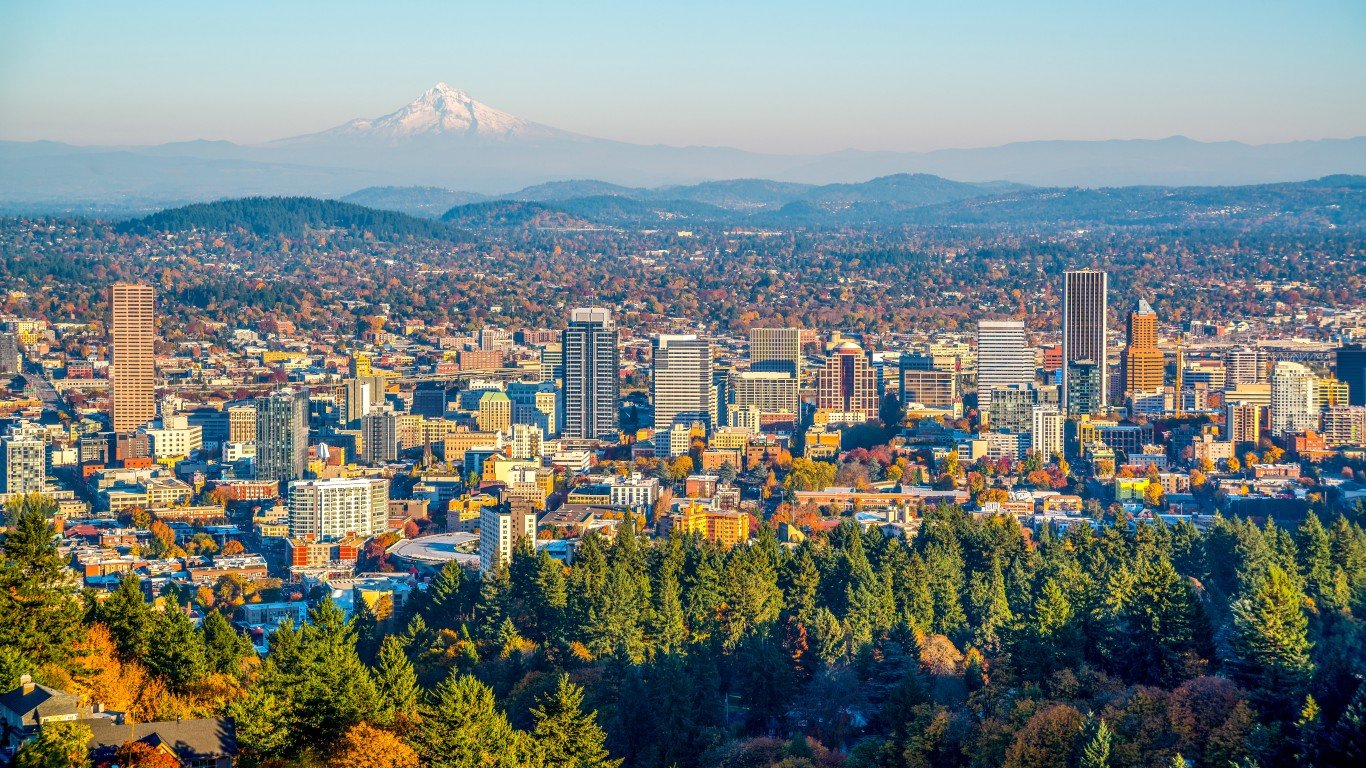
37. Oregon
> Pct. change in population, 2010-2020: +10.4%
> Resident population, July 1, 2010: 3,837,491
> Resident population, April 1, 2020: 4,237,256
[in-text-ad]

38. Pennsylvania
> Pct. change in population, 2010-2020: +2.3%
> Resident population, July 1, 2010: 12,711,160
> Resident population, April 1, 2020: 13,002,700

39. Rhode Island
> Pct. change in population, 2010-2020: +4.1%
> Resident population, July 1, 2010: 1,053,959
> Resident population, April 1, 2020: 1,097,379

40. South Carolina
> Pct. change in population, 2010-2020: +10.4%
> Resident population, July 1, 2010: 4,635,649
> Resident population, April 1, 2020: 5,118,425
[in-text-ad-2]
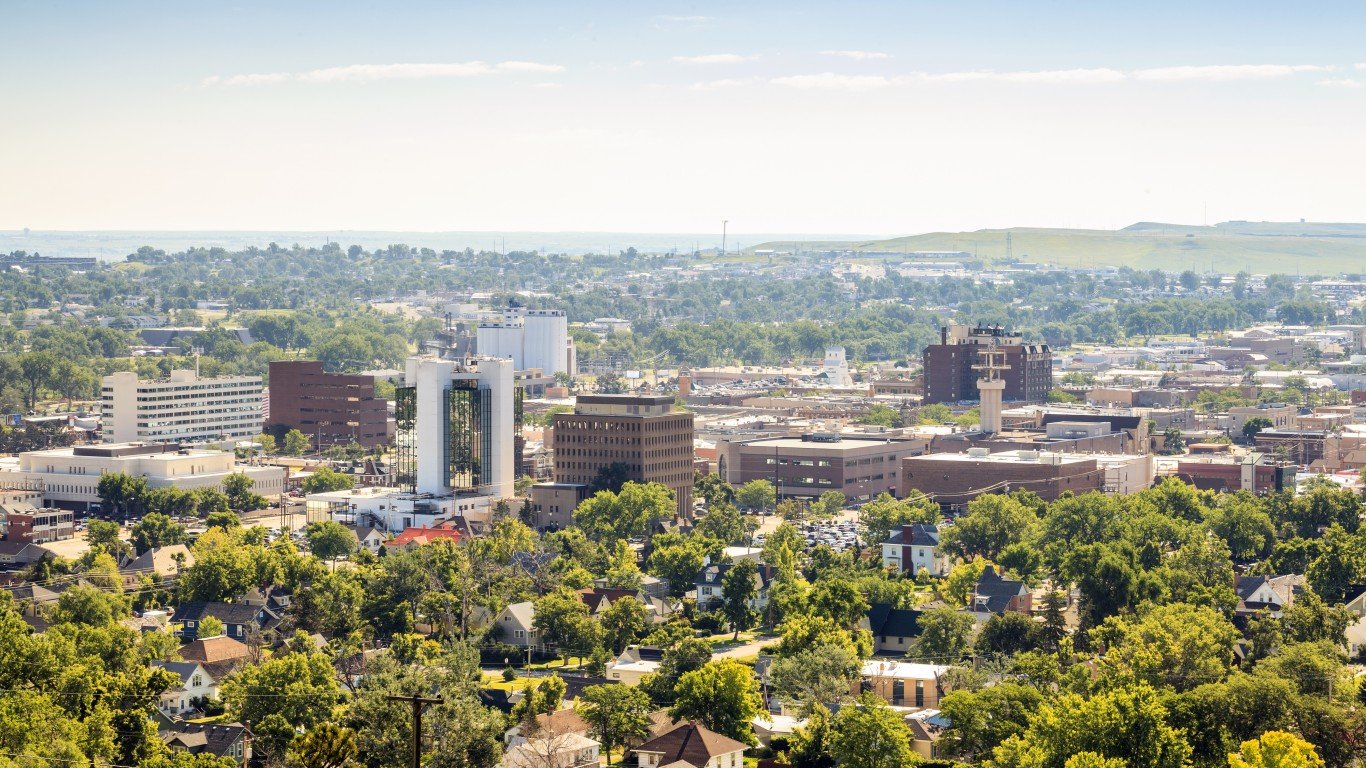
41. South Dakota
> Pct. change in population, 2010-2020: +8.6%
> Resident population, July 1, 2010: 816,166
> Resident population, April 1, 2020: 886,667

42. Tennessee
> Pct. change in population, 2010-2020: +8.7%
> Resident population, July 1, 2010: 6,355,311
> Resident population, April 1, 2020: 6,910,840
[in-text-ad]

43. Texas
> Pct. change in population, 2010-2020: +15.5%
> Resident population, July 1, 2010: 25,241,971
> Resident population, April 1, 2020: 29,145,505

44. Utah
> Pct. change in population, 2010-2020: +17.9%
> Resident population, July 1, 2010: 2,775,332
> Resident population, April 1, 2020: 3,271,616
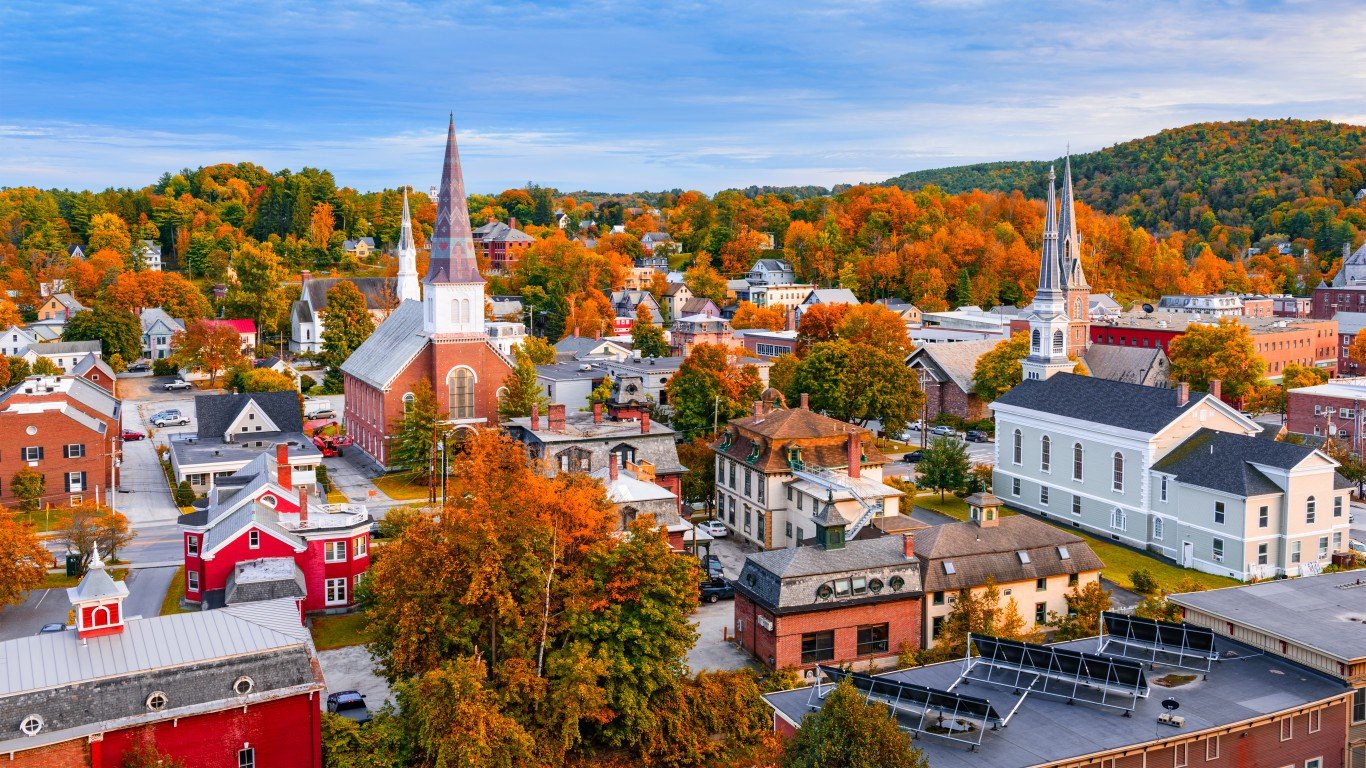
45. Vermont
> Pct. change in population, 2010-2020: +2.7%
> Resident population, July 1, 2010: 625,879
> Resident population, April 1, 2020: 643,077
[in-text-ad-2]

46. Virginia
> Pct. change in population, 2010-2020: +7.6%
> Resident population, July 1, 2010: 8,023,699
> Resident population, April 1, 2020: 8,631,393

47. Washington
> Pct. change in population, 2010-2020: +14.3%
> Resident population, July 1, 2010: 6,742,830
> Resident population, April 1, 2020: 7,705,281
[in-text-ad]

48. West Virginia
> Pct. change in population, 2010-2020: -3.3%
> Resident population, July 1, 2010: 1,854,239
> Resident population, April 1, 2020: 1,793,716

49. Wisconsin
> Pct. change in population, 2010-2020: +3.6%
> Resident population, July 1, 2010: 5,690,475
> Resident population, April 1, 2020: 5,893,718
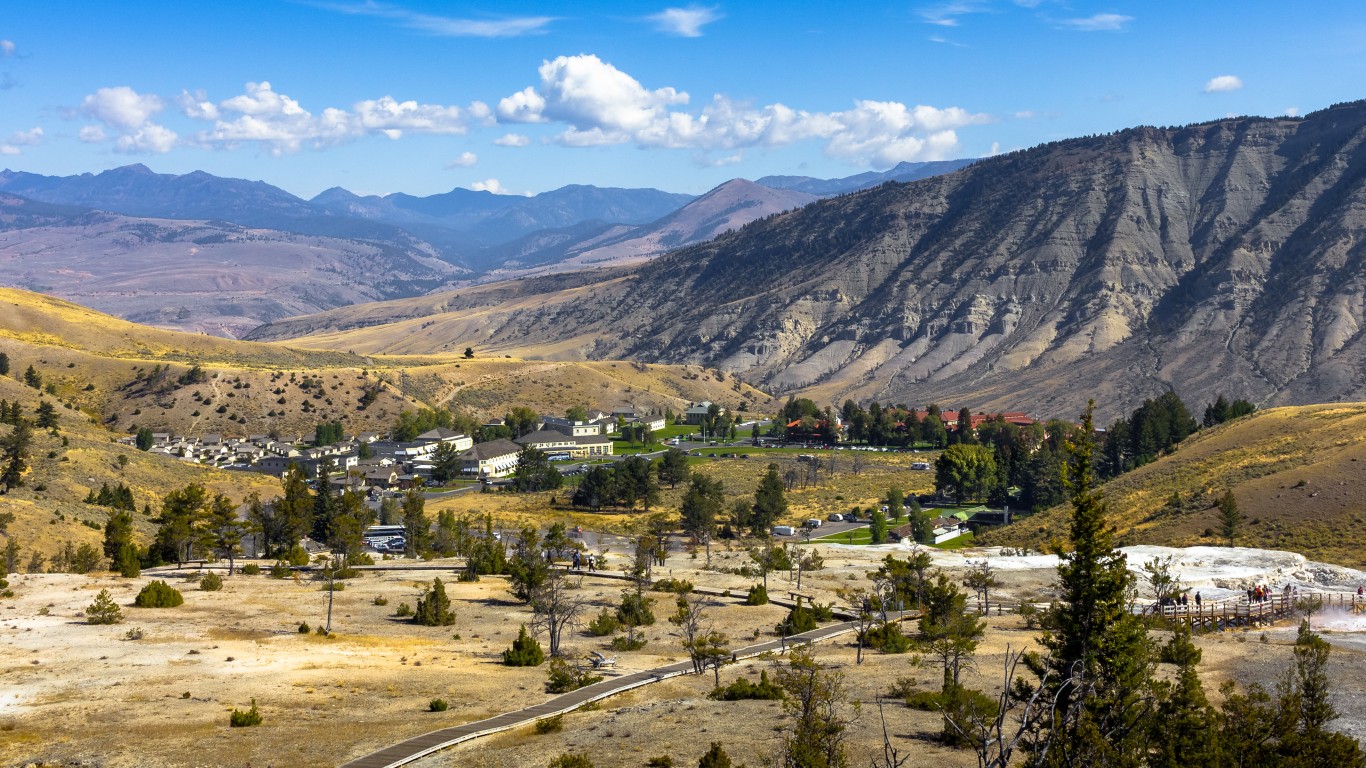
50. Wyoming
> Pct. change in population, 2010-2020: +2.2%
> Resident population, July 1, 2010: 564,487
> Resident population, April 1, 2020: 576,851
Sponsored: Find a Qualified Financial Advisor
Finding a qualified financial advisor doesn’t have to be hard. SmartAsset’s free tool matches you with up to 3 fiduciary financial advisors in your area in 5 minutes. Each advisor has been vetted by SmartAsset and is held to a fiduciary standard to act in your best interests. If you’re ready to be matched with local advisors that can help you achieve your financial goals, get started now.
Thank you for reading! Have some feedback for us?
Contact the 24/7 Wall St. editorial team.
 24/7 Wall St.
24/7 Wall St. 24/7 Wall St.
24/7 Wall St.


